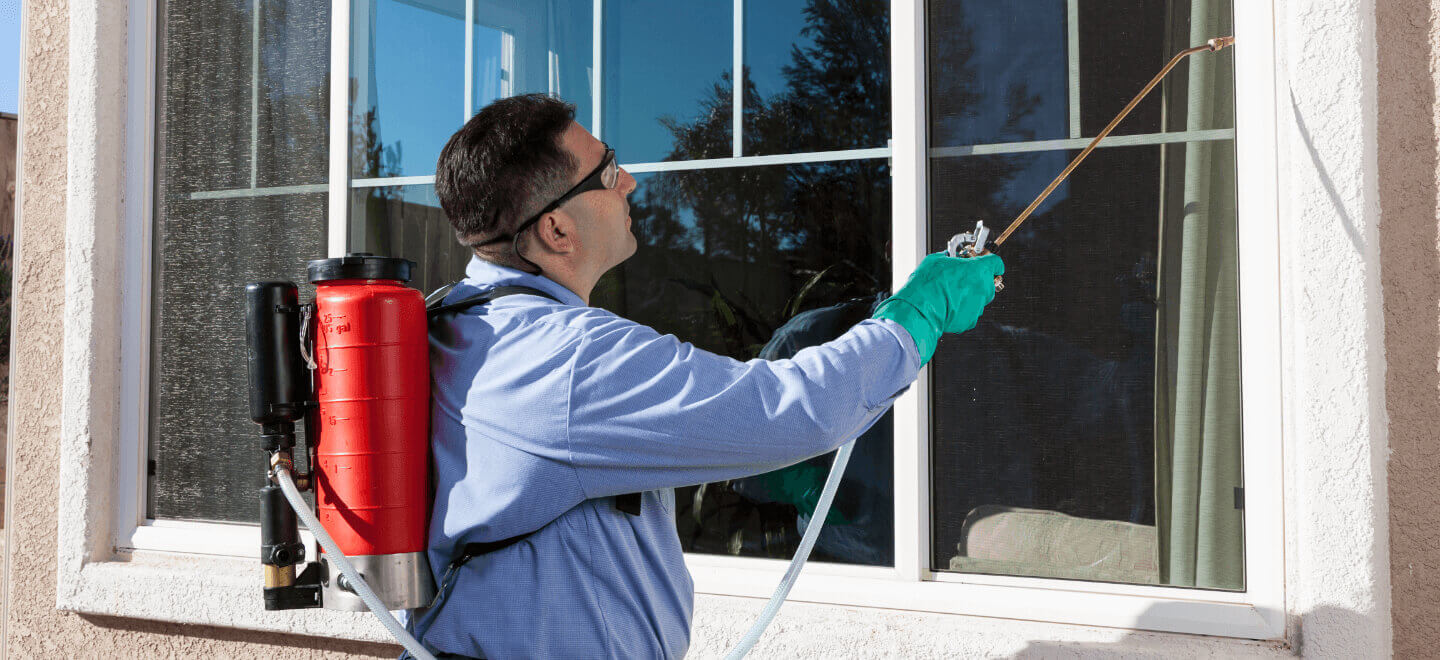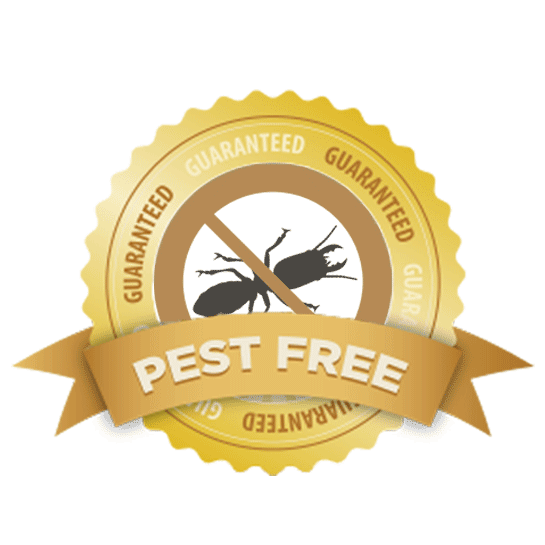Trusted A1 Portland Pest Control Bed Bugs - Reliable Solutions
Trusted A1 Portland Pest Control Bed Bugs - Reliable Solutions
Blog Article
Reliable Pest Control Services: An In-Depth Take A Look At Extermination Techniques and Prevention Steps
In the world of insect control solutions, the successful administration of invasions calls for a meticulous method that combines numerous methods and procedures for both obliteration and avoidance. From Integrated Insect Monitoring (IPM) techniques that focus on lasting solutions to chemical extermination strategies developed for targeted removal, the arsenal versus insects is vast and complex.

Integrated Pest Monitoring (IPM) Techniques
Integrated Bug Administration (IPM) Methods include a thorough technique to pest control that focuses on surveillance, control, and prevention methods to properly handle pest populaces. By integrating different methods, IPM aims to lessen the effect of pests while also lowering the reliance on chemical pesticides. Prevention exists at the core of IPM, highlighting techniques like correct sanitation, maintenance of health, and sealing access factors to prevent bugs from infesting structures.
Chemical Extermination Techniques
Chemical extermination strategies are commonly used in bug control services to effectively eradicate parasite populaces that posture a risk to human health and wellness and building. These techniques include making use of numerous chemical materials particularly created to target and get rid of bugs such as pests, rodents, and other unwanted creatures. The application of pesticides, pesticides, rodenticides, and various other chemical representatives is carefully managed to make certain maximum efficiency while minimizing dangers to human beings, family pets, and the atmosphere.
Among the key benefits of chemical elimination techniques is their capacity to provide quick and targeted outcomes, making them specifically beneficial in cases of extreme infestations or urgent insect control requirements - a1 portland bed bug exterminator. However, it is necessary to highlight the importance of appropriate handling, application, and disposal of these chemical items to protect against unintentional damage
Additionally, integrated bug monitoring (IPM) techniques commonly combine chemical extermination methods with various other techniques such as hygiene, environment adjustment, and organic controls to produce a lasting and extensive pest control approach. By incorporating chemical extermination methods deliberately within an IPM structure, parasite control services can successfully manage parasite populations while decreasing prospective threats to human wellness and the environment.
Organic Parasite Control Approaches
Employing natural predators and parasites to handle insect populaces is a lasting approach recognized as organic insect control. This method utilizes the natural devices of the ecological community to manage pest populations without depending on artificial chemicals. One typical organic control technique involves presenting natural adversaries of the target bug varieties, such as ladybugs for aphid control or nematodes for termite invasions. These natural predators eat the insects, assisting to keep their populations in check.
An additional reliable organic control strategy is using microbial pesticides. These are normally taking place microorganisms, such as germs, fungis, and infections, that navigate here specifically target and contaminate certain pest varieties. By utilizing these microbial representatives, parasite populaces can be effectively decreased without hurting helpful organisms or creating injury to the environment.
Physical Insect Avoidance Steps
Executing physical parasite prevention measures entails utilizing obstacles and architectural alterations to deter bugs from entering or infesting a residential property. Mounting door moves, screens on windows, and sealing cracks in the structure can assist prevent insects like pests and rats from getting gain access to indoors.
One more physical prevention action is the usage of barriers like fence to keep larger pests such as deer or raccoons away from the home. By implementing these physical insect avoidance steps, property proprietors can substantially lower the risk of parasite invasions and the damages they can trigger.
Expert Bug Examination Procedures
Carrying out thorough and systematic parasite evaluations is a fundamental facet of professional parasite management procedures. Professional bug examiners are educated to diligently check out residential or commercial properties for indications of problems, determining pest varieties, entry points, and conducive problems.

Verdict
Finally, efficient insect control services employ a range of techniques, including Integrated Insect Monitoring techniques, chemical extermination techniques, organic controls, and physical avoidance actions. Specialist insect assessment treatments play an important function in identifying and dealing with pest concerns in a timely way. By carrying out a mix of these strategies, homeowner can efficiently handle and avoid insect problems.
From Integrated Bug Management (IPM) methods that focus on sustainable options to chemical extermination techniques developed for targeted removal, the collection versus insects is large and complex.Integrated Bug Management (IPM) Methods incorporate a thorough method to pest control that focuses on prevention, tracking, and control techniques to properly take care of parasite populaces.Chemical extermination strategies are commonly employed in parasite control solutions to successfully eliminate bug populaces that position a threat to human wellness and building.Employing natural predators and ant exterminator parasites to handle bug populations is a lasting method known as biological bug control.In verdict, effective pest control services utilize a range of methods, including Integrated Bug Administration approaches, chemical elimination methods, organic controls, and physical avoidance measures.
Report this page